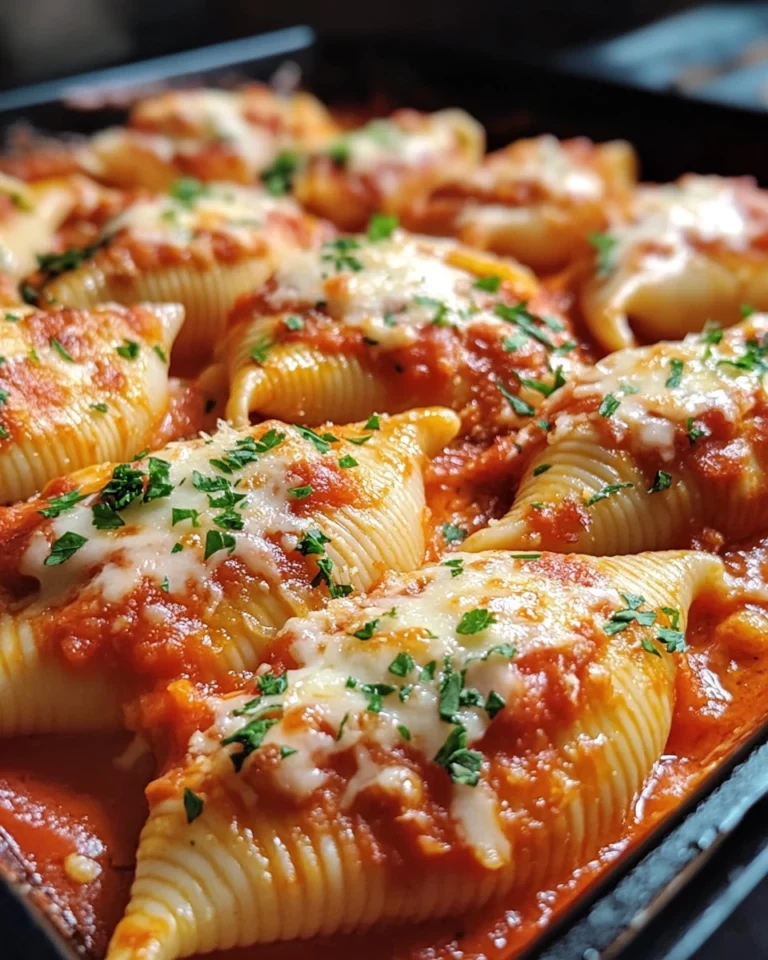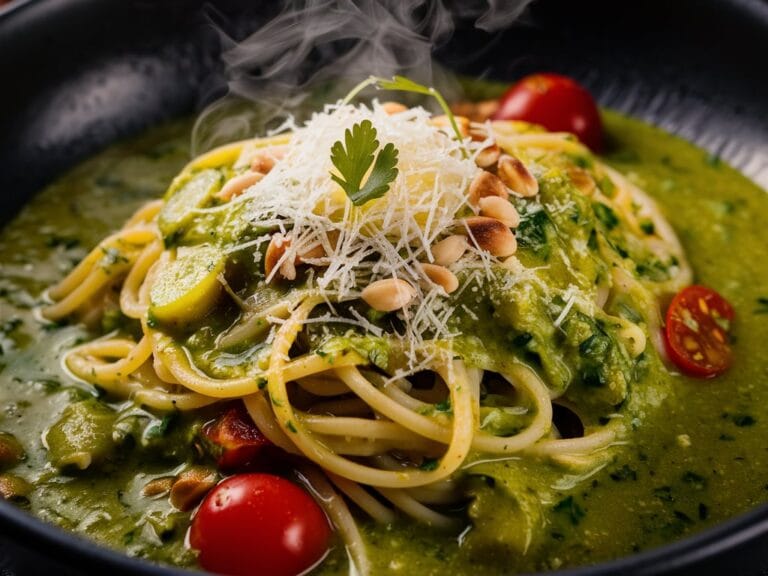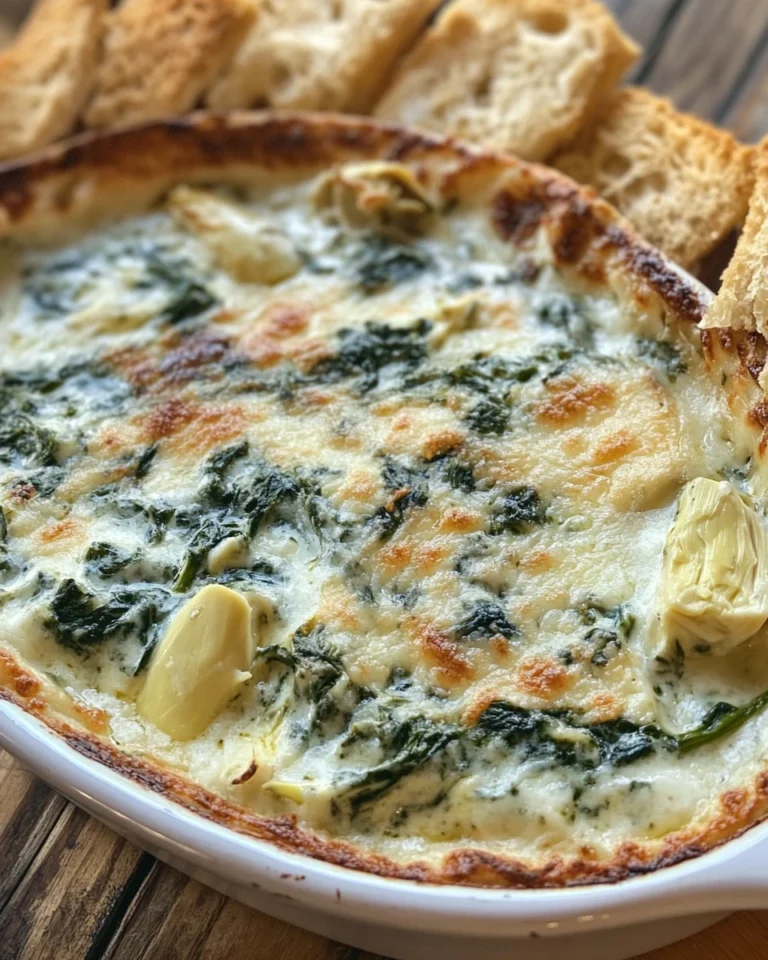Why Does Caesar Salad Taste So Good?
Caesar salad is one of the most iconic dishes in the world. Whether you’re at a fancy restaurant or a casual diner, chances are you’ll find Caesar salad on the menu. Its widespread popularity begs the question: Why does Caesar salad taste so good? How can such a simple salad evoke such an intense, universal craving?
In this article, we will explore the history of Caesar salad, the key ingredients that make it a flavor-packed dish, the science behind its taste, and how umami plays a crucial role in elevating it from a simple Caesar salad to a global favorite. We’ll also dive into various Caesar salad variations and how to make the perfect version at home.
Finally, we will discuss the psychology of taste—why certain flavor combinations, like those in Caesar salad, stimulate our taste buds in a way that keeps us coming back for more. By the end of this deep dive, you’ll have a thorough understanding of why this salad is so beloved.
Part 1: The History of Caesar Salad
The story of Caesar salad begins in the early 20th century with a man named Caesar salad Cardini, an Italian-American restaurateur. Cardini operated a restaurant in Tijuana, Mexico, and according to legend, he created the salad on July 4, 1924, when his kitchen was running low on ingredients. With just a few items left—romaine lettuce, Parmesan cheese, eggs, olive oil, croutons, and Worcestershire sauce—he threw together a dish that would later become a global sensation.
Early Days and Evolution
While the salad began as a humble dish in Tijuana, it quickly gained popularity in the United States and Europe. During Prohibition, many Americans traveled to Tijuana to enjoy the freedom to drink alcohol, and Cardini’s restaurant became a popular destination. The salad spread by word of mouth, and before long, it was appearing on menus across the world.
Interestingly, the original Caesar salad did not include anchovies. Cardini was said to have avoided anchovies, relying instead on Worcestershire sauce for the umami flavor. Over time, however, anchovies became a key ingredient in the dressing, further enhancing the dish’s savory richness.
Learn more about the History of Caesar Salad and how its humble beginnings turned into an international culinary phenomenon.
Part 2: The Key Ingredients of Caesar Salad
What makes Caesar salad so special is the combination of fresh ingredients that come together to create a perfect harmony of flavors and textures. Let’s break down the key components that make this dish irresistible:
1. Romaine Lettuce
- Romaine lettuce is the foundation of the salad. Its crisp, slightly bitter flavor contrasts beautifully with the creamy dressing.
- The leaves’ robust structure helps the dressing cling to the lettuce, ensuring every bite is flavorful.
Many salads rely on tender greens like spinach or arugula, but Caesar salad uses the heartier romaine lettuce. The crisp texture is essential for balancing out the rich, creamy elements of the salad.
2. Caesar Dressing: A Masterpiece of Flavor
The true star of the dish is the Caesar dressing. Unlike other salad dressings, which might be oil-based vinaigrettes or creamy ranch-style sauces, Caesar dressing strikes a perfect balance between rich and tangy flavors. Here’s a closer look at the essential components:
- Egg Yolk: Provides the creamy base and helps emulsify the dressing.
- Olive Oil: The key fat component that adds richness and ensures the dressing has a smooth texture.
- Anchovies: Adds umami and depth. While the amount of anchovies used is small, the salty, savory punch they deliver is essential for the overall flavor.
- Parmesan Cheese: Grated Parmesan is often incorporated into the dressing, adding nuttiness and an additional layer of umami.
- Worcestershire Sauce: Another critical component, this sauce provides sweetness and umami, reinforcing the anchovy flavor.
- Garlic: For a robust, sharp bite that contrasts the creamy dressing.
- Lemon Juice: Adds the necessary acidity to cut through the richness of the other ingredients, creating a balanced flavor.
Anchovies were not part of Caesar Cardini’s original recipe, but they became a common addition over time, and now they are considered a staple. The salty, fishy taste from the anchovies is what gives the dressing that irresistible savory quality, known as umami.
If you love creamy sauces, you might enjoy the Parmesan Cream Sauce recipe. It’s another rich sauce that can pair well with pastas or vegetables, much like how Caesar dressing complements romaine lettuce.
Explore more about making a perfect Parmesan Cream Sauce.
3. Croutons: The Crunch Factor
Croutons play an important textural role in Caesar salad. They provide a satisfying crunch, balancing out the creamy dressing and soft lettuce. The best croutons are made from fresh bread, toasted with olive oil, garlic, and herbs. When done right, croutons elevate the salad to a new level of deliciousness.
A well-made crouton should be crunchy on the outside but still have a bit of chewiness on the inside. The ideal bite contains all the elements: crispy croutons, crunchy lettuce, creamy dressing, and sharp Parmesan.
4. Parmesan Cheese: Umami Powerhouse
One of the key ingredients that contributes to Caesar salad’s irresistibility is Parmesan cheese. As a hard, aged cheese, Parmesan is packed with umami, the so-called “fifth taste” that adds a savory depth to foods. Parmesan adds nuttiness, saltiness, and a sharp finish to the salad.
Freshly grated Parmesan is always the best choice. Pre-grated cheese can lose its flavor and texture, which is why it’s worth grating your own. In many ways, the Parmesan in a Caesar salad acts as both a seasoning and a garnish, helping to elevate every component of the dish.
If you enjoy Parmesan cheese and want to experiment with other ways to incorporate it into your meals, try this recipe for Garlic Parmesan Chicken Pasta, which uses Parmesan to enhance the flavor profile of a creamy, hearty dish.
5. Anchovies: The Umami Backbone
The anchovies are arguably the most controversial ingredient in Caesar salad, but they are also the most essential for delivering that savory kick. The small fish are packed with umami, which is why they’re often used in dishes where a salty, savory boost is needed.
In a well-made dressing, the anchovies should melt into the background—adding depth without overpowering the dish. When used correctly, most people won’t even notice that anchovies are present; they’ll simply enjoy the overall flavor.
Anchovies are packed with glutamates, the compound responsible for umami. Without them, Caesar dressing would taste flat and one-dimensional.
Part 3: Umami – The Secret Behind Caesar Salad’s Deliciousness
So what exactly is umami, and why does it play such an important role in making Caesar salad taste so good?
Umami is one of the five basic tastes, alongside sweet, salty, sour, and bitter. Often described as “savory” or “meaty,” umami is the taste of glutamate, an amino acid that occurs naturally in many foods like meat, cheese, and tomatoes. The umami taste has the unique ability to enhance other flavors, making them taste fuller and more satisfying.
In a Caesar salad, umami comes from several ingredients, including the Parmesan cheese, anchovies, and Worcestershire sauce. Together, these elements give the salad its complex, savory depth that keeps people coming back for more.
The Role of Umami in Taste Perception
To better understand the role umami plays in food, it’s important to know how it interacts with our taste receptors. The human tongue has receptors specifically designed to detect glutamate, the compound responsible for the umami taste. When we eat foods rich in umami, our taste buds send signals to the brain that tell us the food is savory, meaty, and delicious.
Foods high in umami are particularly satisfying because they engage multiple taste receptors at once. This helps explain why Caesar salad—with its anchovy-rich dressing and generous sprinkling of Parmesan—is so craveable.
Part 4: The Perfect Balance of Flavors and Textures
The genius of Caesar salad lies in its balance of flavors and textures. While many salads are one-note, relying on a single dressing or simple ingredients, Caesar salad is carefully constructed to hit every taste note.
- Salty and Savory: The anchovies, Parmesan, and Worcestershire sauce provide savory depth.
- Creamy and Tangy: The dressing is rich and creamy, with a tangy kick from the lemon juice.
- Crunchy and Crisp: The crunchy croutons and fresh romaine lettuce provide the necessary texture to balance out the creaminess of the dressing.
Each bite of Caesar salad delivers a combination of these flavors and textures, making it more than just a simple salad.
The Importance of Texture in Caesar Salad
Texture is a key component of a great salad, and Caesar salad excels in this area. The crisp romaine lettuce provides a refreshing crunch, while the croutons add a deeper, more robust crunch that contrasts with the creamy dressing. The sharp, grainy texture of the Parmesan cheese ties everything together.
The contrast between crunchy, creamy, and soft elements is what makes Caesar salad so satisfying. The human palate enjoys variety, and Caesar salad delivers just that in each and every bite.
Part 5: Caesar Salad Variations
While the classic version of Caesar salad is the most well-known, there are numerous variations that have emerged over the years, each offering its own twist on the original. Here are a few popular variations:
Grilled Chicken Caesar Salad
Adding grilled chicken to Caesar salad makes it more filling and adds a smoky flavor that pairs well with the anchovy-based dressing. This version of the salad is perfect for those looking for a more substantial meal. The chicken adds protein, making it a popular choice for lunch or dinner.
Kale Caesar Salad
For a healthier twist, try substituting romaine lettuce with kale. Kale is packed with nutrients and has a more robust texture than romaine. It also holds up well to the creamy dressing, providing a slightly earthier flavor that contrasts nicely with the tangy dressing.
Kale’s bitterness can be tempered by massaging the leaves with a bit of olive oil and lemon juice before tossing them in the dressing.
Vegetarian Caesar Salad
If you’re looking for a vegetarian option, you can easily omit the anchovies and replace them with another source of umami, such as miso paste or nutritional yeast. Both ingredients will deliver the same savory depth without the need for fish.
Vegetarian Caesar salad is just as flavorful as the traditional version, making it a great choice for those who avoid animal products.
Seafood Caesar Salad
For those who love seafood, adding grilled shrimp or seared scallops to Caesar salad provides a luxurious twist. The seafood’s sweetness complements the savory flavors of the dressing, creating a balanced dish that feels both indulgent and fresh.
Part 6: The Psychology of Taste
Taste is a complex sense, influenced by both biology and psychology. When we enjoy food, it’s not just the taste that matters—our emotions, memories, and cultural associations play a significant role in how we perceive flavor. Here are some psychological factors that contribute to why we crave Caesar salad:
Nostalgia and Comfort
For many people, Caesar salad is a nostalgic dish. Whether it was a staple at family gatherings or a go-to meal at a favorite restaurant, the salad evokes feelings of comfort and familiarity. These emotional associations can enhance the way we experience the flavors, making them more enjoyable.
The Satisfaction of Salt and Fat
Humans are hardwired to crave salty and fatty foods, as they provide essential nutrients. Caesar salad hits both of these cravings head-on. The salty anchovies and Parmesan cheese, combined with the creamy dressing, create a flavor profile that our bodies find particularly satisfying.
Texture and Variety
Our brains love variety, and Caesar salad delivers this in spades. The combination of crunchy lettuce, crispy croutons, and creamy dressing provides a satisfying contrast that keeps us interested with each bite. Texture plays a key role in how much we enjoy a dish, and Caesar salad offers just the right balance of elements.
Part 7: How to Make the Perfect Caesar Salad at Home
You don’t have to go to a restaurant to enjoy a delicious Caesar salad. Making one at home is simple, provided you use fresh, high-quality ingredients. Here’s a step-by-step guide to creating a classic Caesar salad from scratch.
Ingredients:
- 1 head of romaine lettuce
- 1 cup of croutons (homemade or store-bought)
- 1/4 cup grated Parmesan cheese
- Caesar dressing (recipe below)
For the Dressing:
- 1 egg yolk
- 2 cloves of garlic, minced
- 1 tsp Dijon mustard
- 1 tbsp lemon juice
- 4 anchovy fillets
- 1/2 cup olive oil
- 1/4 cup freshly grated Parmesan cheese
- 1 tsp Worcestershire sauce
- Salt and pepper to taste
Instructions:
- Wash and chop the romaine lettuce. Pat dry and place in a large salad bowl.
- In a blender or food processor, combine the egg yolk, garlic, Dijon mustard, lemon juice, anchovy fillets, and Worcestershire sauce. Blend until smooth.
- While blending, slowly drizzle in the olive oil, allowing the dressing to emulsify.
- Add freshly grated Parmesan cheese and blend until smooth. Season with salt and pepper to taste.
- Toss the romaine lettuce with the dressing, sprinkle with croutons and extra Parmesan cheese, and serve immediately.
Part 8: Frequently Asked Questions
1. Why is Caesar salad so popular?
Caesar salad is popular due to its perfect balance of flavors and textures. The salty, savory dressing, combined with crisp lettuce and crunchy croutons, makes it a satisfying and delicious dish.
2. Can I make Caesar salad without anchovies?
Yes! If you prefer not to use anchovies, you can substitute them with miso paste or omit them entirely. You’ll still have a flavorful dressing, though it may lack the same depth of umami.
3. What makes Caesar dressing taste so good?
The egg yolk and olive oil in Caesar dressing create a rich, creamy base, while anchovies and Parmesan cheese add layers of savory, umami flavor. The tangy kick from lemon juice rounds out the taste, making it both rich and refreshing.
4. Can I store homemade Caesar dressing?
Yes, homemade Caesar dressing can be stored in the fridge for up to 3 days in an airtight container.
Caesar salad continues to captivate taste buds across the world. With its delicious combination of fresh ingredients, rich dressing, and perfect balance of textures, it’s no wonder this salad remains a timeless favorite. Whether you’re enjoying the classic version or experimenting with variations, one thing is certain: Caesar salad is more than just a salad—it’s a culinary masterpiece.
Suggested Internal Links:
- Garlic Parmesan Chicken Pasta: Garlic Parmesan Chicken Pasta
- Parmesan Cream Sauce: Parmesan Cream Sauce
These links offer additional inspiration for incorporating Parmesan and other rich flavors into your dishes.







